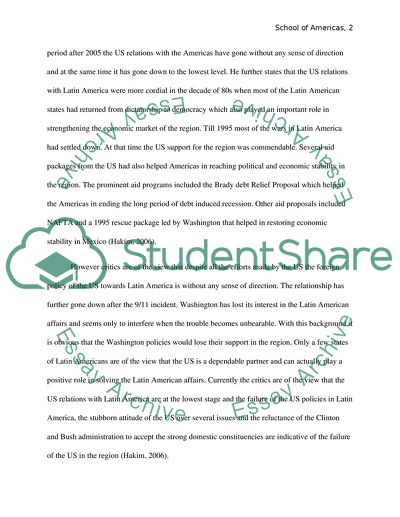Cite this document
(“Controversy - School Of The Americas Research Paper”, n.d.)
Controversy - School Of The Americas Research Paper. Retrieved from https://studentshare.org/education/1565703-controversy-school-of-the-americas
Controversy - School Of The Americas Research Paper. Retrieved from https://studentshare.org/education/1565703-controversy-school-of-the-americas
(Controversy - School Of The Americas Research Paper)
Controversy - School Of The Americas Research Paper. https://studentshare.org/education/1565703-controversy-school-of-the-americas.
Controversy - School Of The Americas Research Paper. https://studentshare.org/education/1565703-controversy-school-of-the-americas.
“Controversy - School Of The Americas Research Paper”, n.d. https://studentshare.org/education/1565703-controversy-school-of-the-americas.


